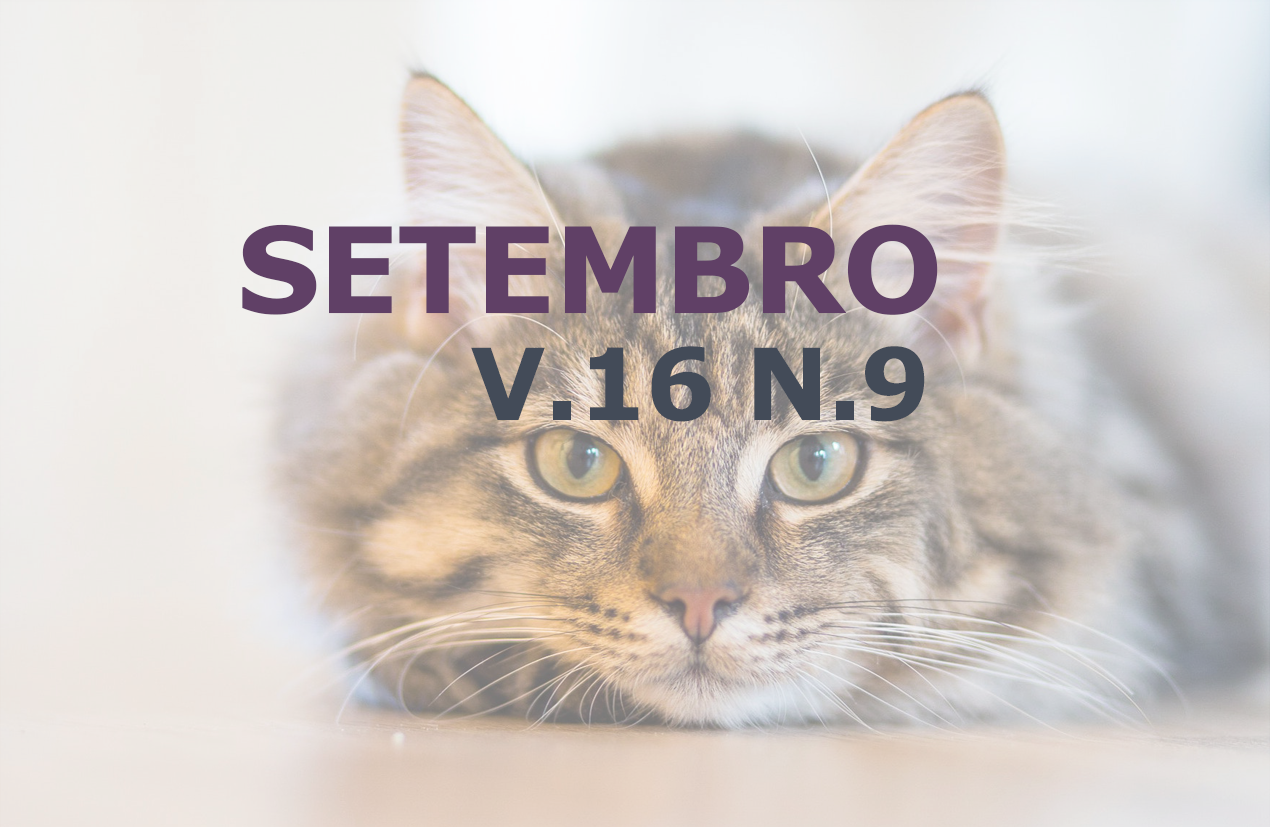Avaliação morfológica da glândula pineal de éguas em atividade reprodutiva e em anestro fisiológico
DOI:
https://doi.org/10.31533/pubvet.v16n09a1210.1-9Palavras-chave:
Anatomia, epitálamo, equinos, microscopia, reproduçãoResumo
A glândula pineal (GP), integrante do epitálamo, mostra-se sensível à luz e, nos vertebrados, secreta melatonina, na ausência de luminosidade. Este hormônio parece interferir na adaptação das funções reprodutivas às condições de luminosidade, especialmente, em animais que se reproduzem sazonalmente como os equinos, possibilitando o parto em épocas de clima mais quente e favorável à disponibilidade de alimentos. Diante disso, objetivou-se avaliar e descrever os componentes ultraestruturais da GP de 24 éguas, distribuídas em duas fases: estação de monta e anestro fisiológico, cada uma com 2 grupos (3-8 e 15-20 anos). A GP foi retirada após o abate dos animais e processada em etapas de fixação, secções histológicas e colorações. A análise do material processado foi realizada utilizando-se microscopia de luz e de transmissão. Os dados foram submetidos à análise estatística. A GP foi encontrada no plano sagital mediano, dorsocaudalmente à aderência intertalâmica e ventralmente ao esplênio do corpo caloso, apresentando formato ovoide ou piriforme. Estava envolvida por cápsula de tecido conjuntivo, da qual partem septos que, acompanhados por vasos sanguíneos, dividem o parênquima em lóbulos. Os principais componentes glandulares foram pinealócitos e astrócitos. Concreções calcárias foram evidenciadas no núcleo e no citoplasma de pinealócitos, bem como no espaço extracelular de todas as GPs, independentemente da idade e/ou fase reprodutiva. Por outro lado, animais em anestro fisiológico apresentaram maior número de pinealócitos.
Downloads
Publicado
Edição
Seção
Licença
Copyright (c) 2022 Henrique Ribeiro Alves de Resende, João Vitor Fernandes Cotrim de Almeida, João Bosco Costa Coelho, Lucas Wamser Fonseca Gonzaga, Marcos Ferrante, Edson Aparecido Liberti, Francisco Javier Hernandez Blazquez, Luciano da Silva Alonso, Wirton Peixoto Costa, Irvênia Luiza de Santis Prada

Este trabalho está licenciado sob uma licença Creative Commons Attribution 4.0 International License.
Você tem o direito de:
Compartilhar — copiar e redistribuir o material em qualquer suporte ou formato
Adaptar — remixar, transformar, e criar a partir do material para qualquer fim, mesmo que comercial.
O licenciante não pode revogar estes direitos desde que você respeite os termos da licença. De acordo com os termos seguintes:
Atribuição
— Você deve dar o crédito apropriado, prover um link para a licença e indicar se mudanças foram feitas. Você deve fazê-lo em qualquer circunstância razoável, mas de nenhuma maneira que sugira que o licenciante apoia você ou o seu uso. Sem restrições adicionais
— Você não pode aplicar termos jurídicos ou medidas de caráter tecnológico que restrinjam legalmente outros de fazerem algo que a licença permita.





